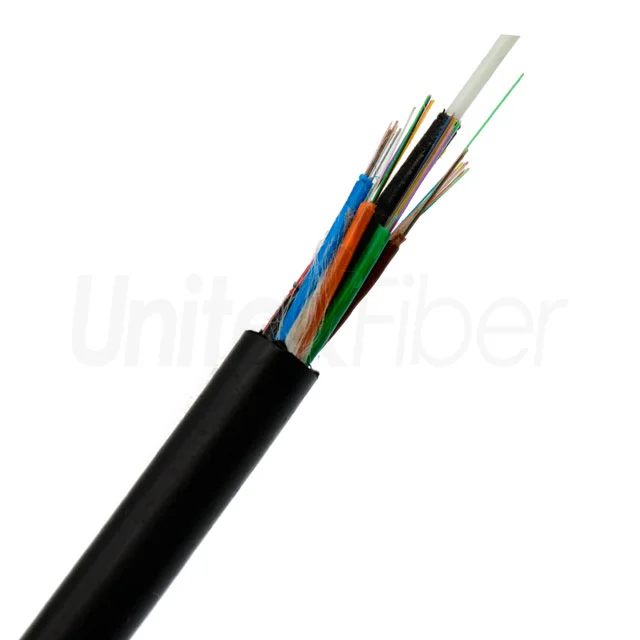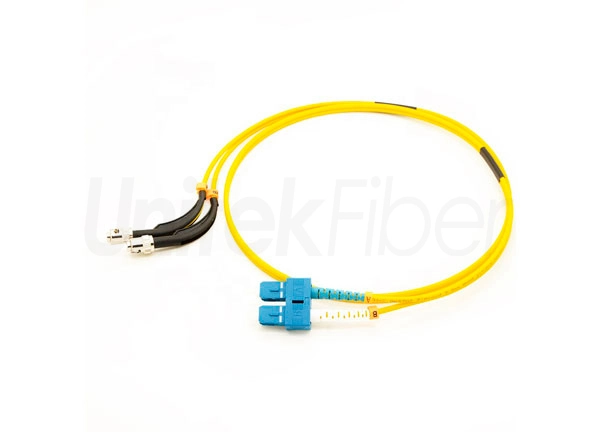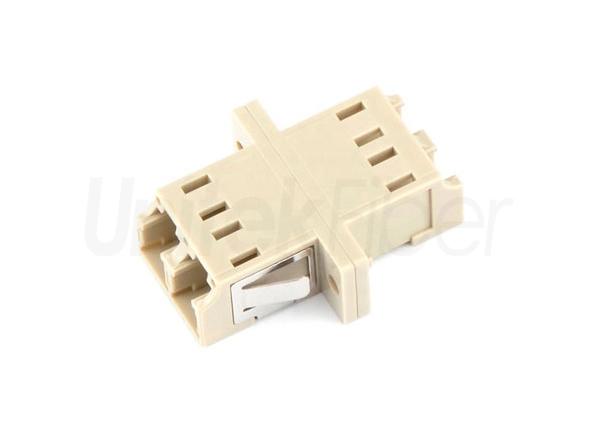
The fiber optic fast connector, also known as the fiber optic quick connector or field-assembled fiber active connector, serves as a reusable and detachable passive optical device. Its primary purpose is to facilitate the connection between optical fibers and fiber optical equipment, making it the most commonly used passive optical device. The fiber optic fast connector can be categorized into two types based on installation structures: mechanical connection and hot melt. It comprises three essential components: the main body, shell, and tail cap.
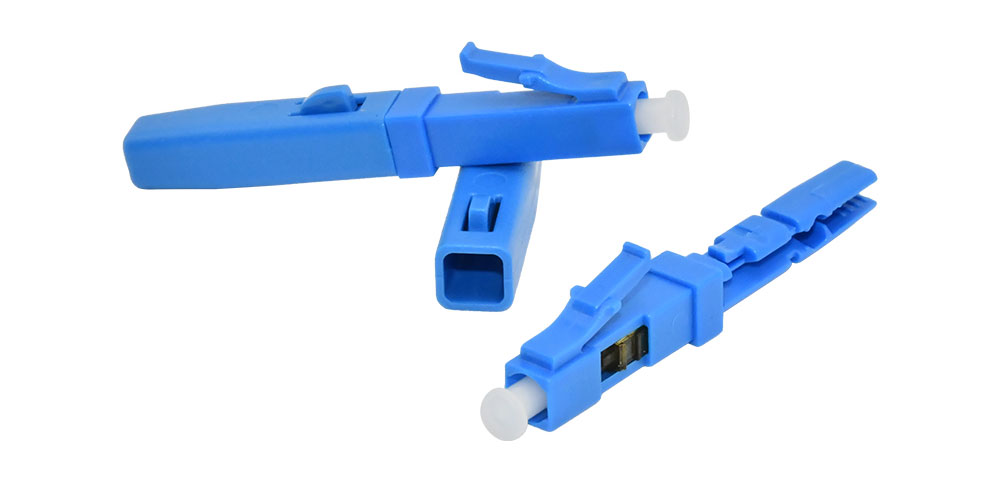
Mechanical splicing is a technique that involves aligning and joining two fiber optic cables using mechanical connectors. This process does not require any heat or specialized equipment, making it a cost-effective solution for quick repairs or temporary connections. Mechanical splicing allows for easy installation and is suitable for single mode and multimode optical fibers. The kind of fiber optic connector used in mechanical splicing are reusable, allowing for flexibility in modifying the network configuration.
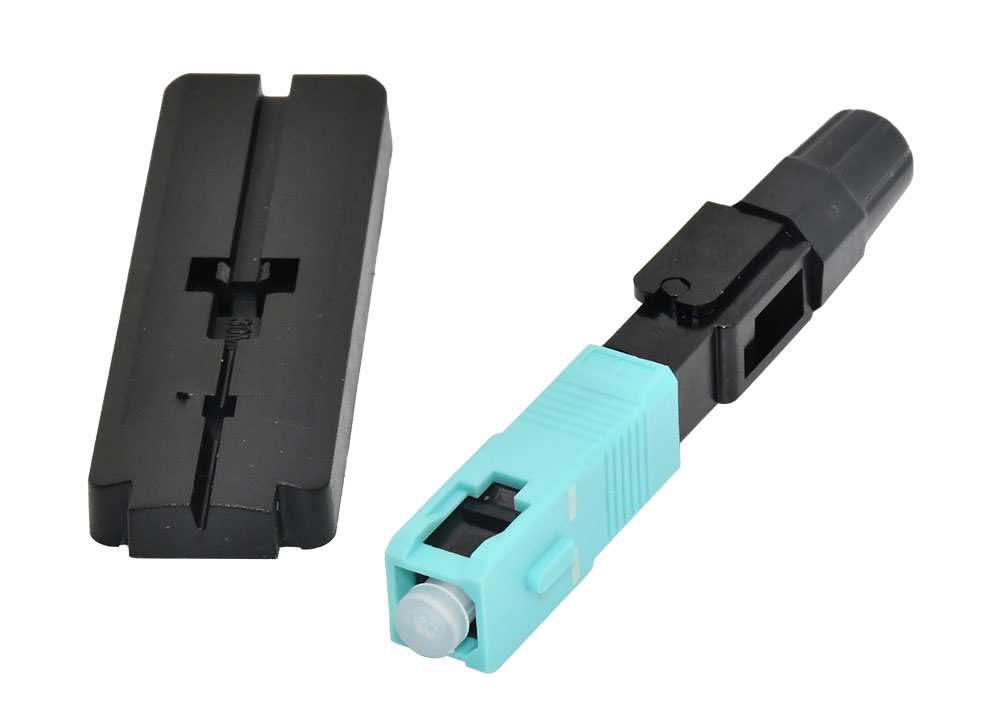
1. Cost-effective: Mechanical splicing does not require expensive fusion splicers, making it a more budget-friendly option.
2. Simplicity: The process is relatively simple and can be performed by technicians with minimal training.
3. Flexibility: Mechanical connectors can be easily disconnected and reused, making it ideal for temporary connections or network modifications.
4. Compatibility: Mechanical splicing works well with both single mode and multimode optical fibers.
1. Higher insertion loss: Mechanical splicing fiber optic fast connector may introduce higher insertion loss compared to fusion splicing, affecting signal strength.
2. Susceptible to environmental factors: Mechanical splices may lose alignment due to external factors like temperature changes or vibrations, leading to signal degradation.
Fusion splicing is a more intricate technique that involves permanently joining two fiber optic cables by melting the optical fiber ends together. This process requires specialized fusion splicing equipment, which uses an electrical arc to create a seamless connection. Fusion splicing provides low insertion loss and high tensile strength, making it ideal for long-term installations or critical applications.
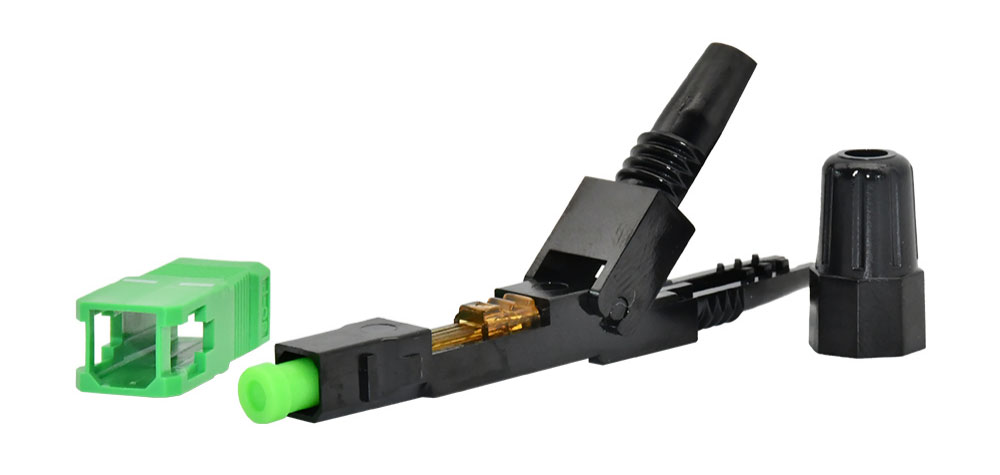
1. Low insertion loss: Fusion splicing offers minimal signal loss, ensuring optimal performance and reliability.
2. Permanent connection: The fusion splice is highly durable and resistant to environmental factors, providing a stable connection over time.
3. Suitable for all fiber types: Fusion splicing can be used with both single mode and multimode optical fibers, making it a versatile option for various applications.
1. Cost and complexity: Fusion splicing requires expensive equipment and skilled technicians, making it a more expensive option.
2. Irreversible process: Fusion splicing creates a permanent connection, making modifications or repairs more challenging.
Both mechanical splicing and fusion splicing fiber optic fast connector offer distinct advantages and disadvantages in fiber optic installations. While mechanical splicing fiber optic fast connector is cost-effective and flexible, it may introduce higher insertion loss and be susceptible to environmental factors. On the other hand, fusion splicing fiber optic fast connector provides a durable and low-loss connection but requires specialized equipment and expertise.
UnitekFiber is a leading professional supplier that offers a comprehensive range of fiber optic product for various networking and data communication applications. We offer a diverse portfolio of products, including fiber optic fast connector, fiber optic cable, fiber optic patch cord, optical distribution frame etc, designed to meet the evolving demands of modern data centers, telecommunications networks, and enterprise environments. If you have any inquiry, please contact us by email at sales@unitekfiber.com.

